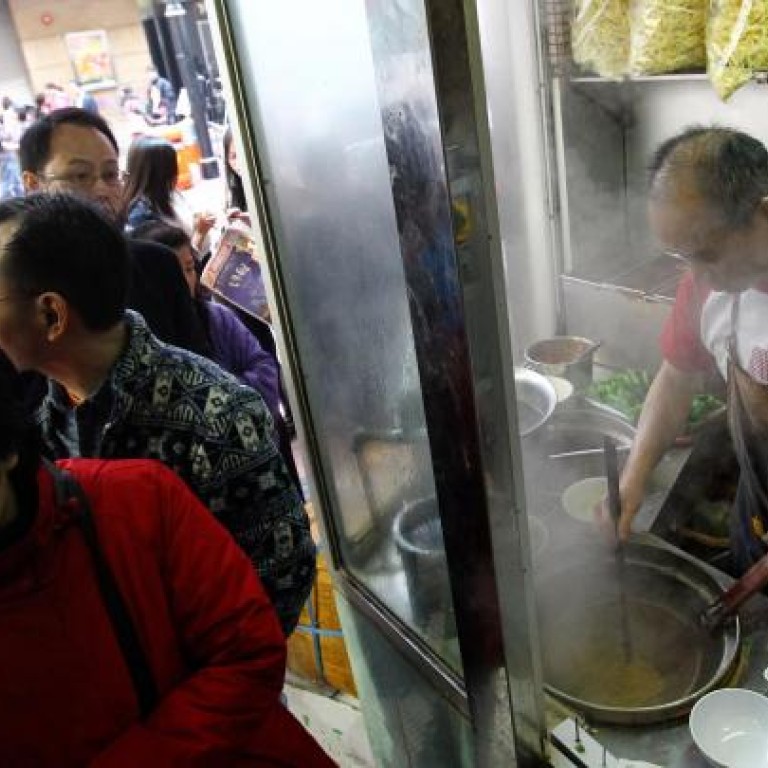
Hong Kong missing a taste of local character
Singapore shows that a city can support an appetite for more than watches and bags
I visited Singapore on the Easter break, and did what most tourists in Singapore end up doing - pigging out.
And can you blame us? With its multicultural milieu, Singapore provides an amazing array of cuisines, all easily accessible and reasonably priced. That's why one of our major activities during the trip was making endless rounds of the well-known eateries. The best part of dining in Singapore is the ubiquitous food markets, which offer lots and lots of food options at prices much cheaper than in Hong Kong.
One of the well-known hawker centres is Lau Pa Sat Festival Market at Raffles Quay. As it is in Singapore's core business district, it has become the most popular after-work dining place. Another popular joint is the Maxwell Road Hawker Centre. Many restaurants in these food centres are equally famous, making these centres the top tourist attractions in the city state.
The culinary experience in Singapore stands in sharp contrast to that in Hong Kong, where many old and well-known restaurants such as the 49-year-old Czarina Restaurant in Mid-Levels and the 41-year-old Lee Yuen Congee Noodles and 29-year-old Leighton Bakery in Causeway Bay have closed down as their rents shot up to unaffordable levels.
In our city, it's unthinkable that landlords in the four major shopping districts of Central, Causeway Bay, Mong Kok and Tsim Sha Tsui would accept lower rents to retain old restaurants, which is why the government should find ways to keep them so that we don't keep losing our local character. Food centres could play an important part in this endeavour.
We have many food centres across the city. But many of them are poorly managed. The one I sometimes visit is at the Bowrington Road Market in Wan Chai because it is close to my office. The food is nice and the prices cheaper than most nearby restaurants. But the downside is that you might end up with your clothes smelling of food or even a broken bone, given the slippery floor.
Most of Hong Kong's food centres are also usually located on upper floors, which don't make them as convenient as street-level restaurants.
The government would indeed do the city a huge favour if it improved the dining environment.
In Singapore, the hawker centres are managed by the National Environment Agency. This body has a website that allows users to review or recommend establishments. They can also provide feedback on hygiene matters at food centres, helping the government agency maintain standards. Hong Kong's retail market began to increasingly rely on mainland visitors after the individual visit scheme was introduced in July 2003. Retail and property markets benefited enormously from the policy as loaded mainlanders started splashing out in the city.
An index of retail rents compiled by property consultant Colliers International shows rents at Queen's Road Central in Central and Russell Street in Causeway Bay jumped more than 400 per cent between the end of 2002 and 2012.
But at the same time, many retailers and restaurants have been forced out of the prime shopping areas or have closed down, with their outlets replaced by shops selling watches, jewellery or cosmetics targeting mainland tourists. The first-tier shopping streets thus lack variety, not to mention local flavour. Even if the traditional restaurants manage to stay on, they have to either jack up their prices or cut corners to stay in business. The government should lend them a hand to stand up to the winds of change.

